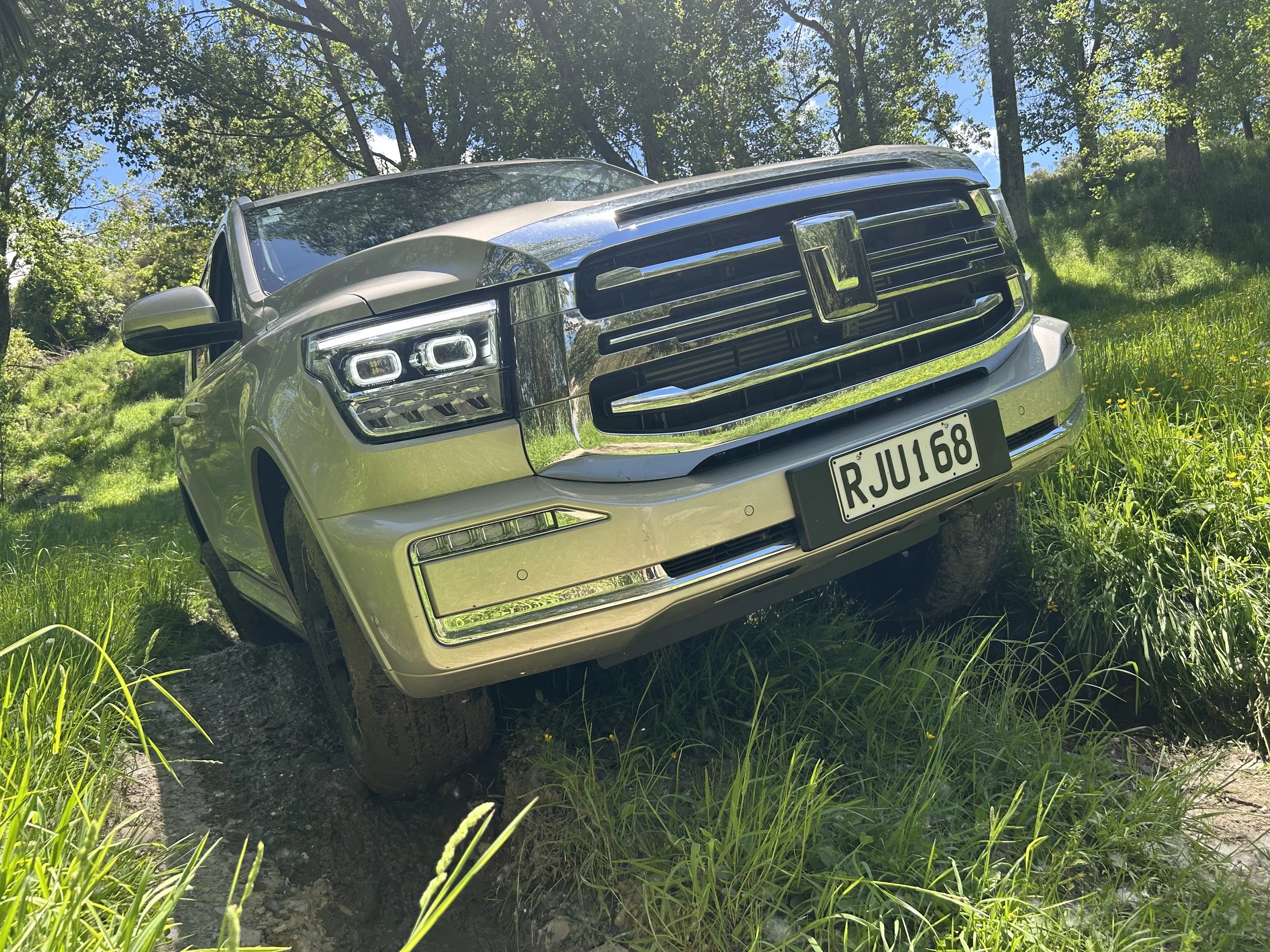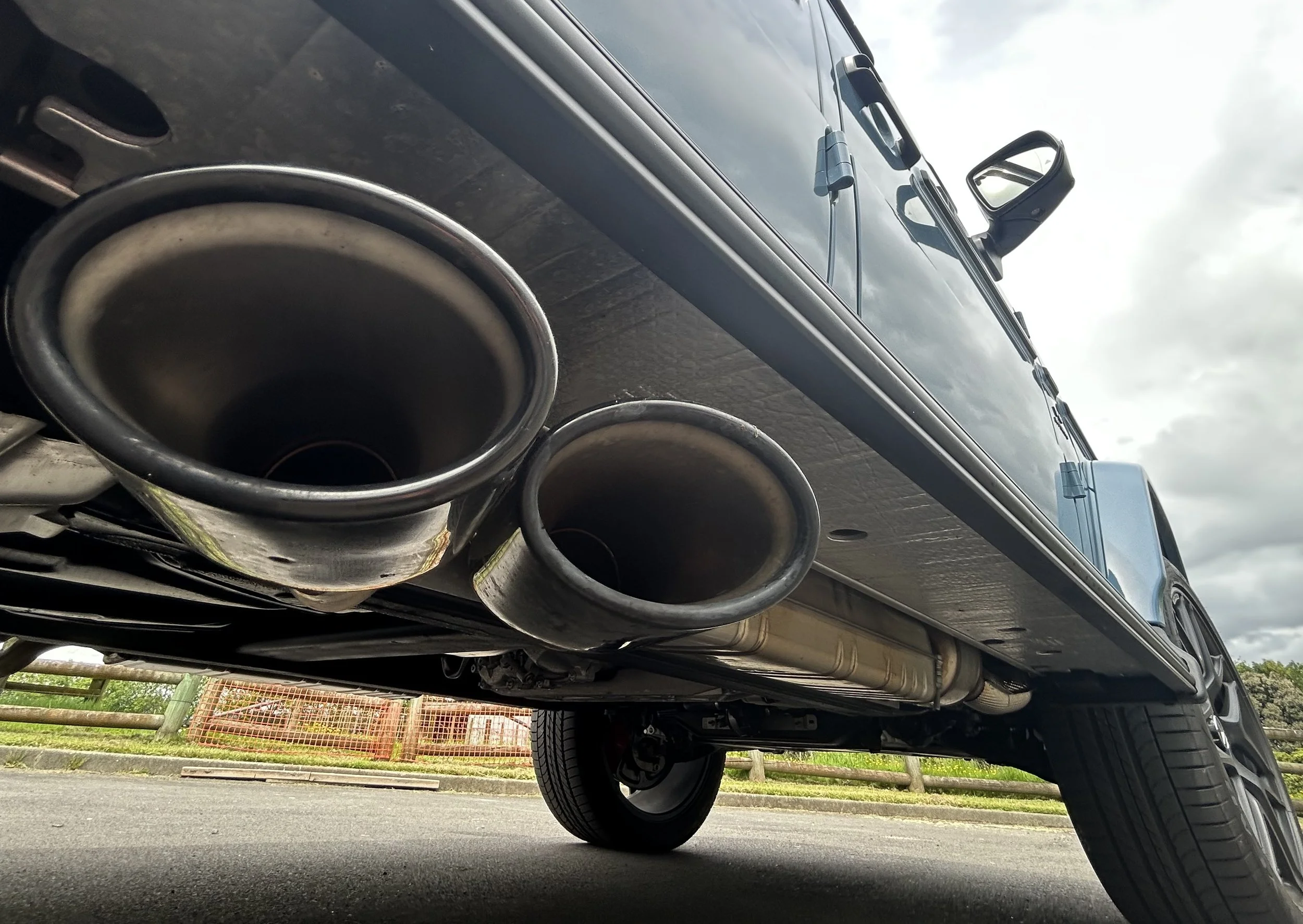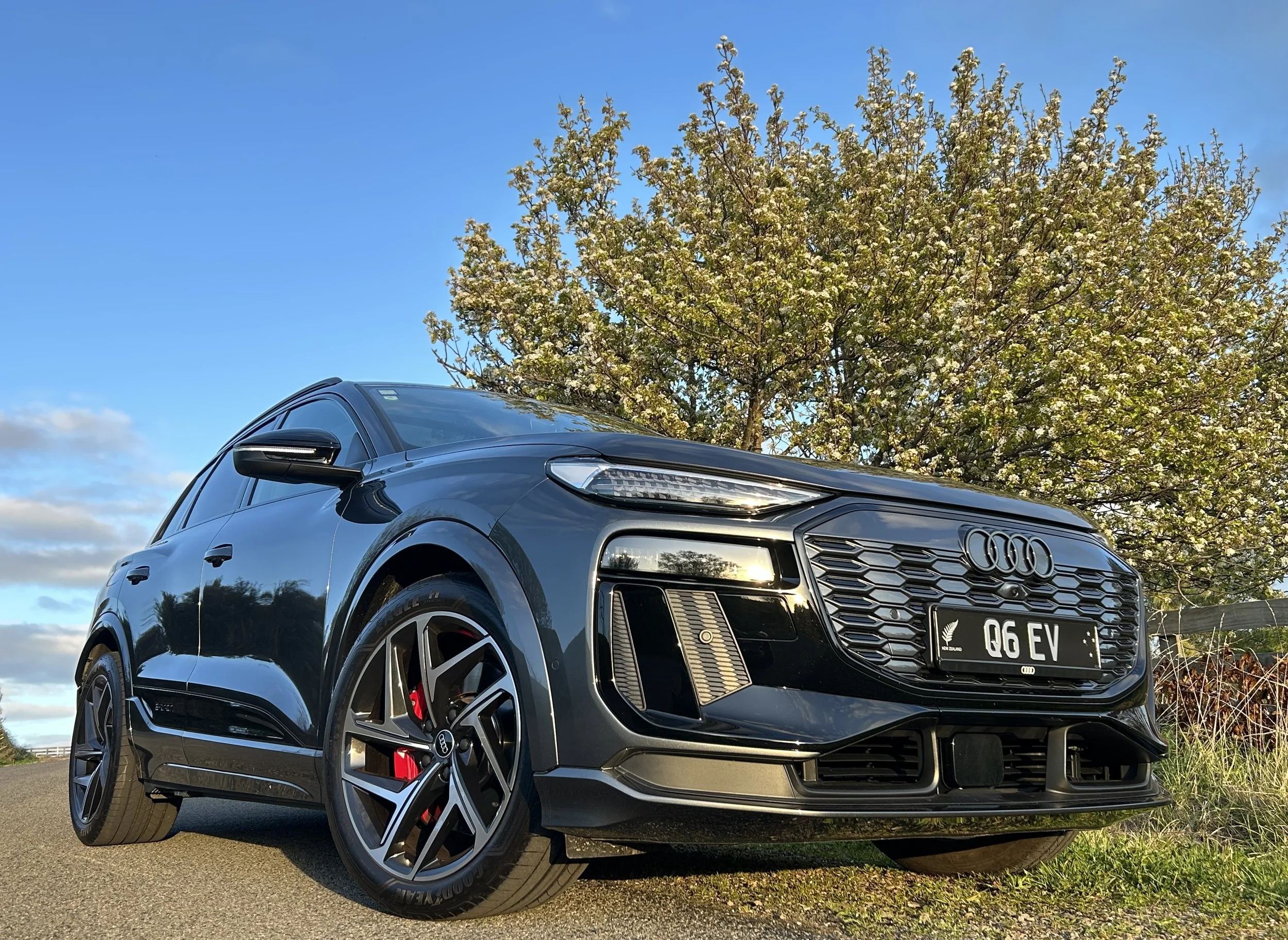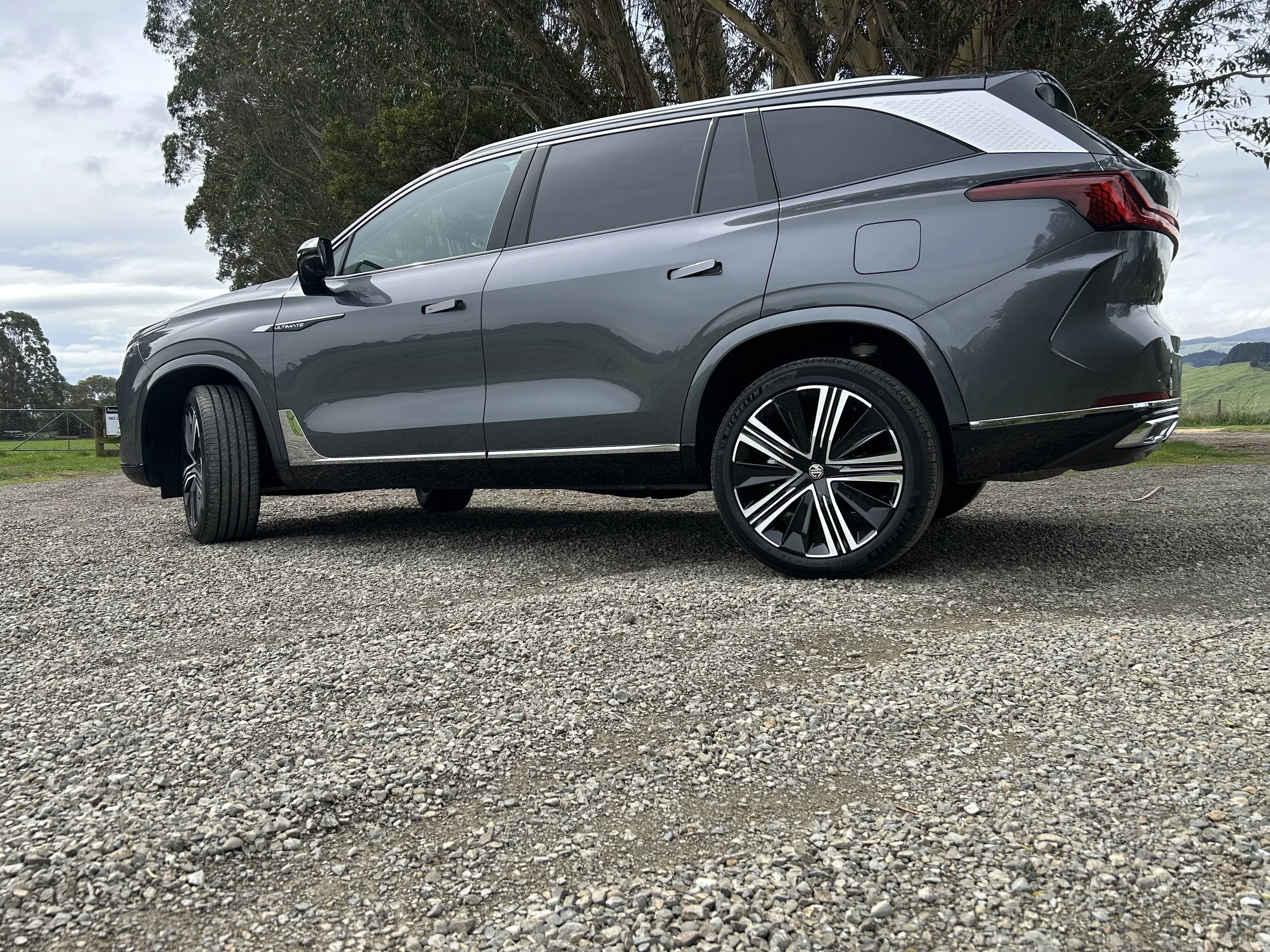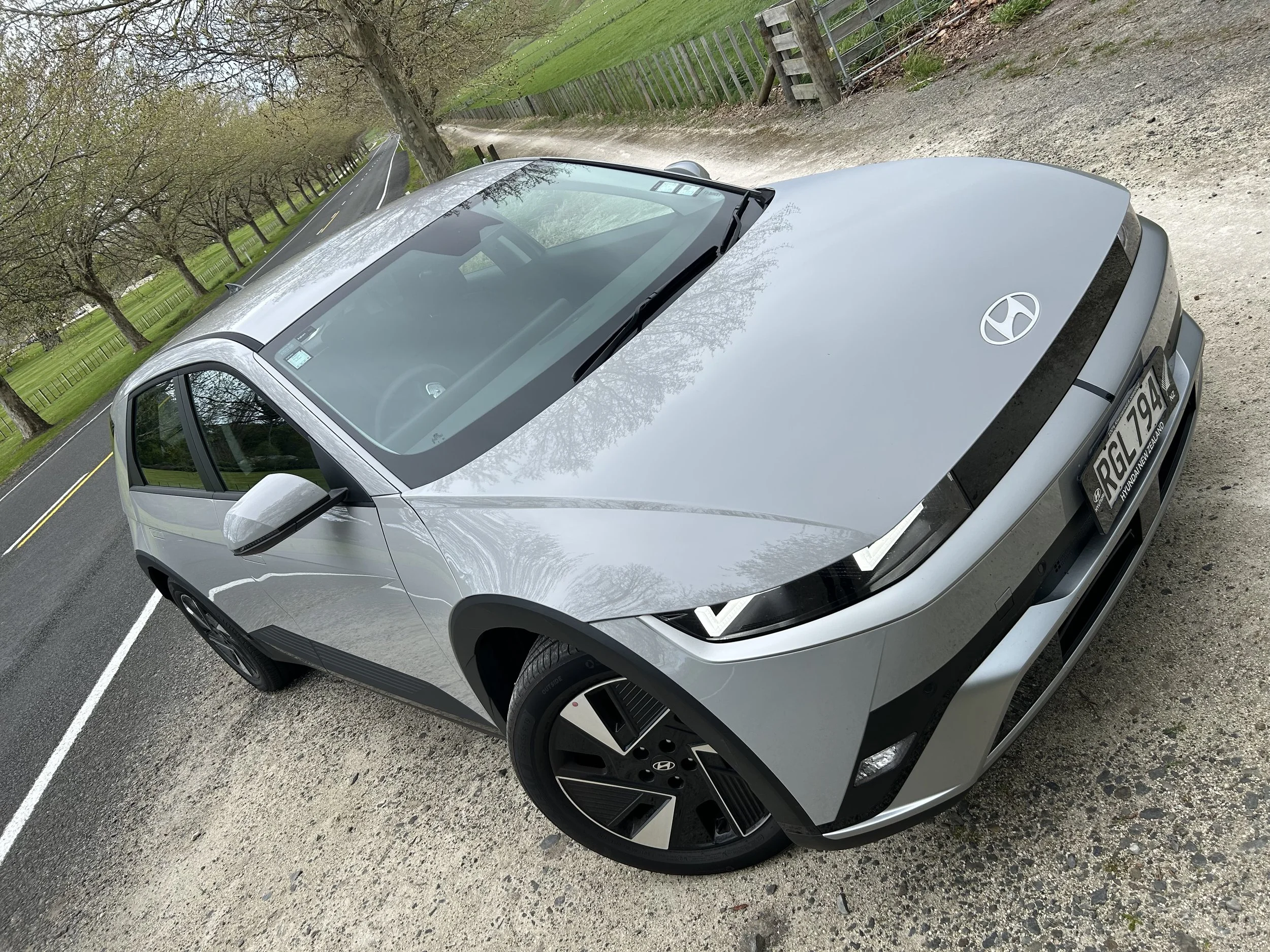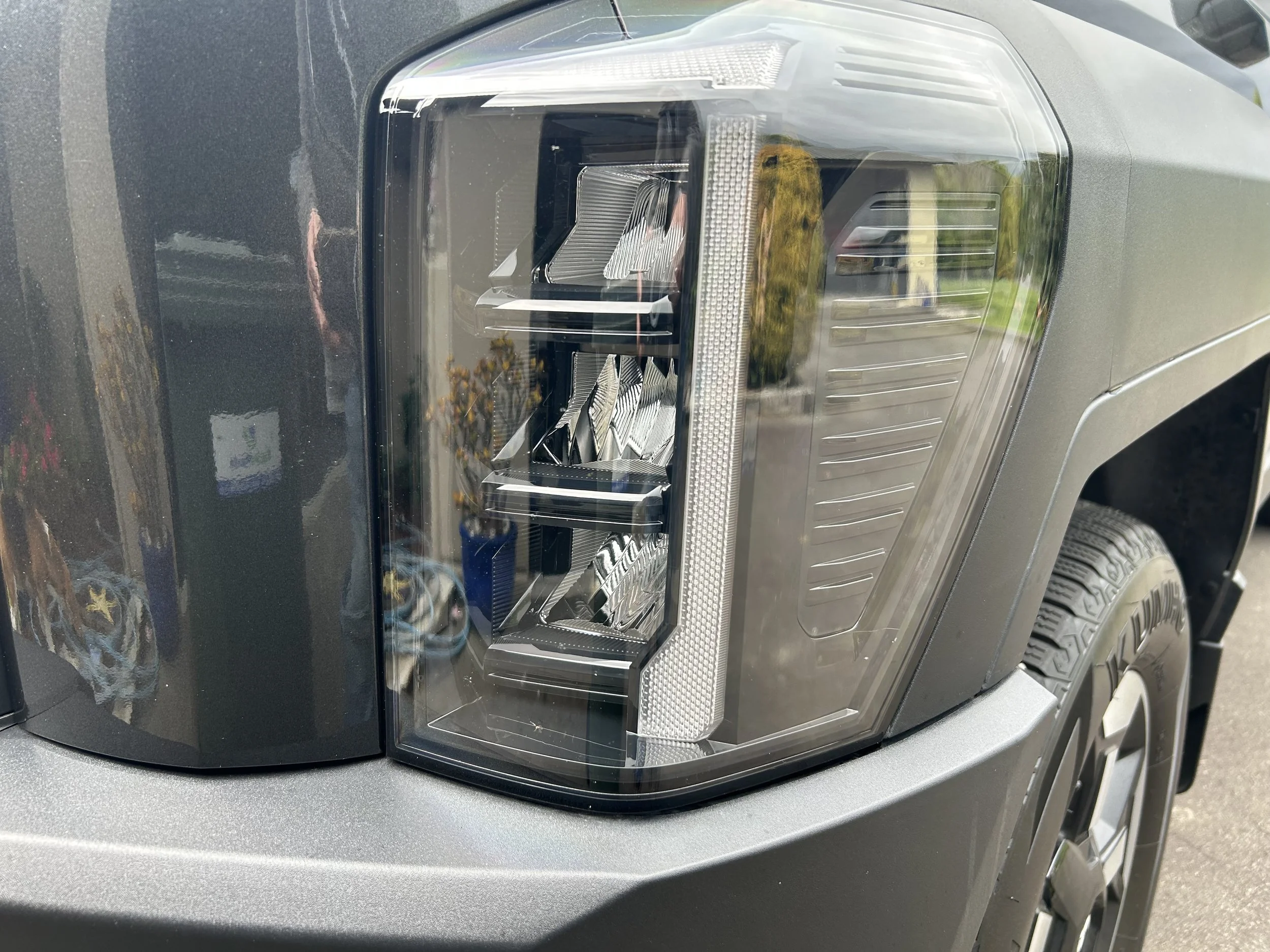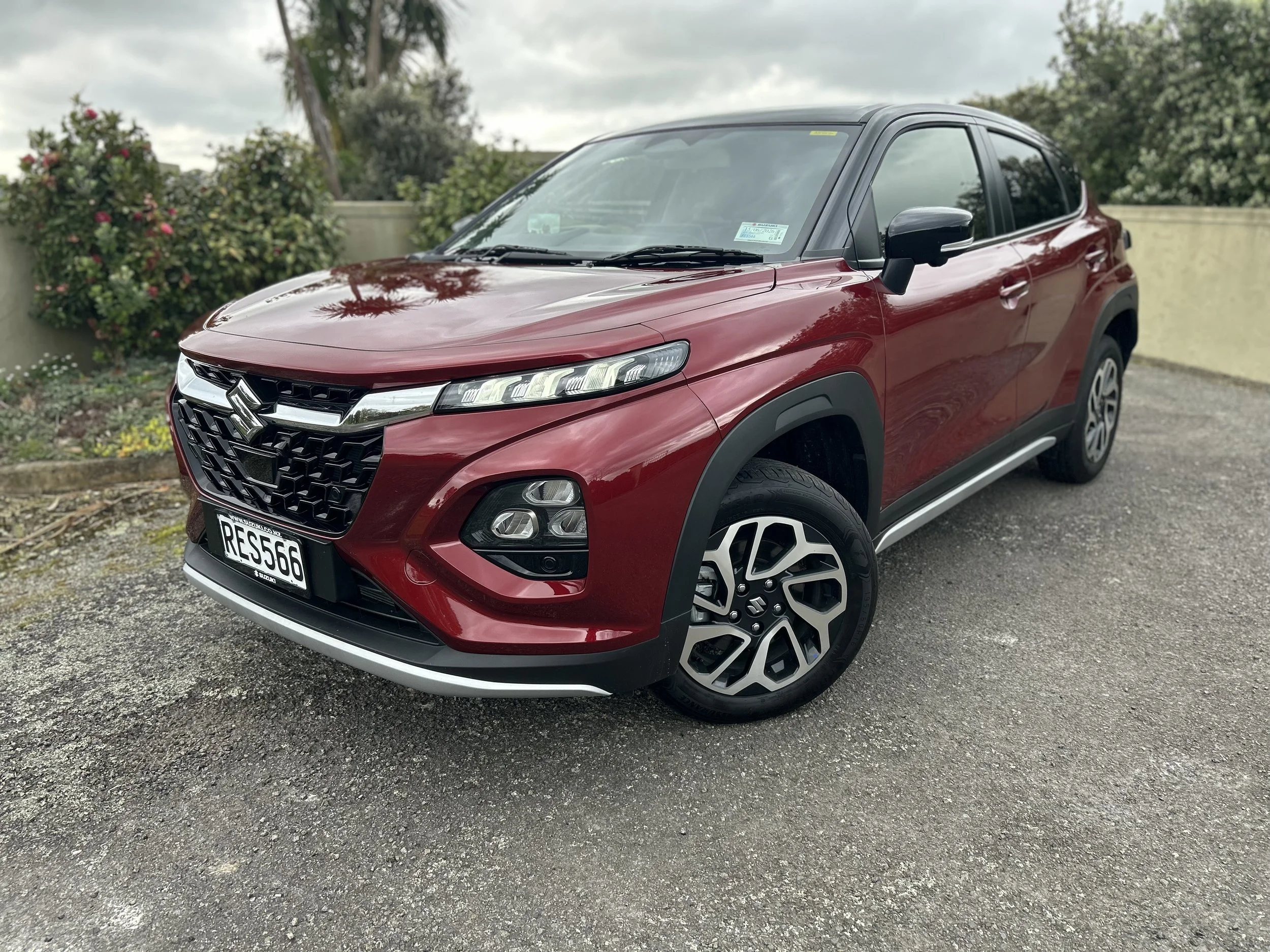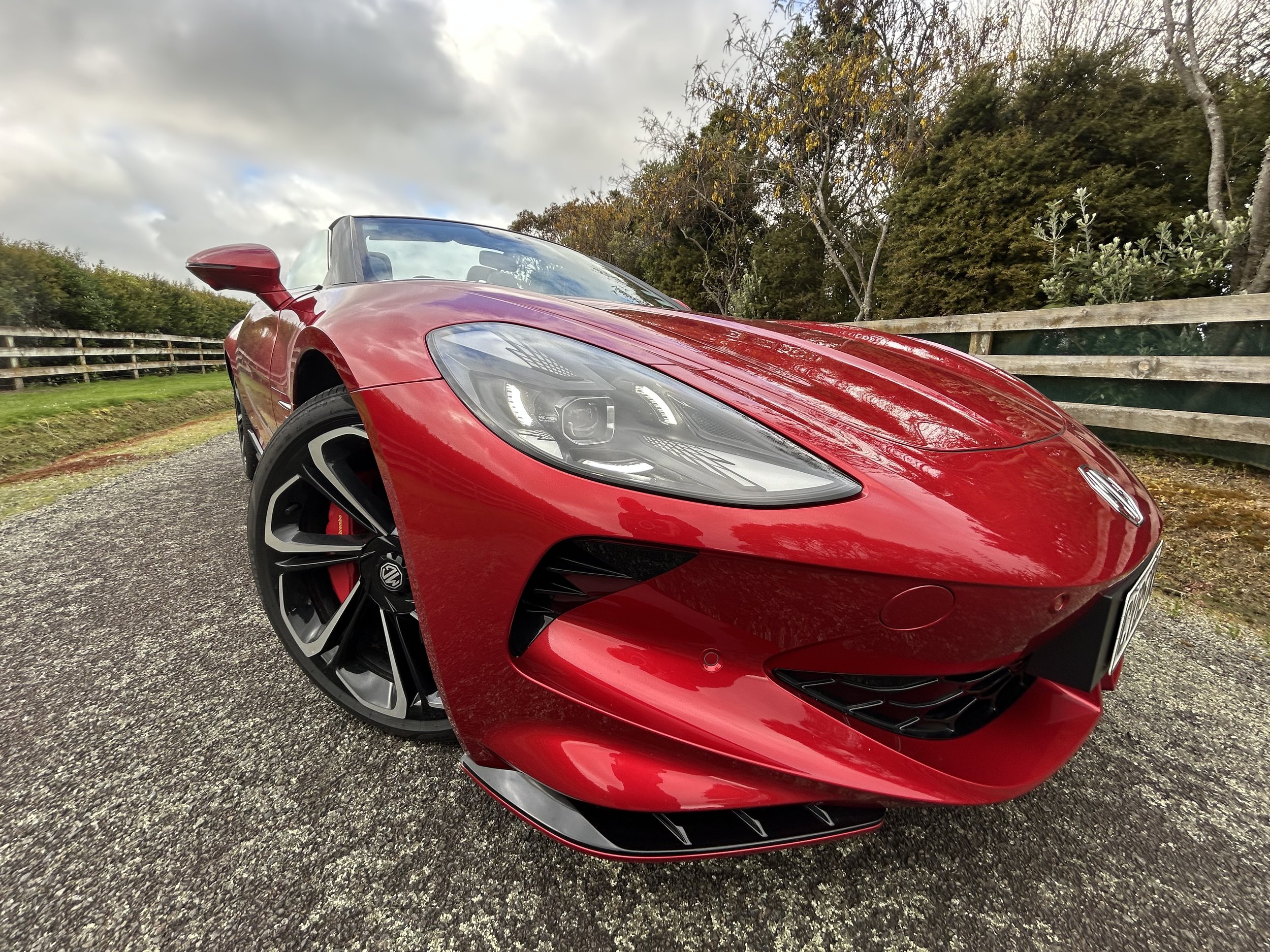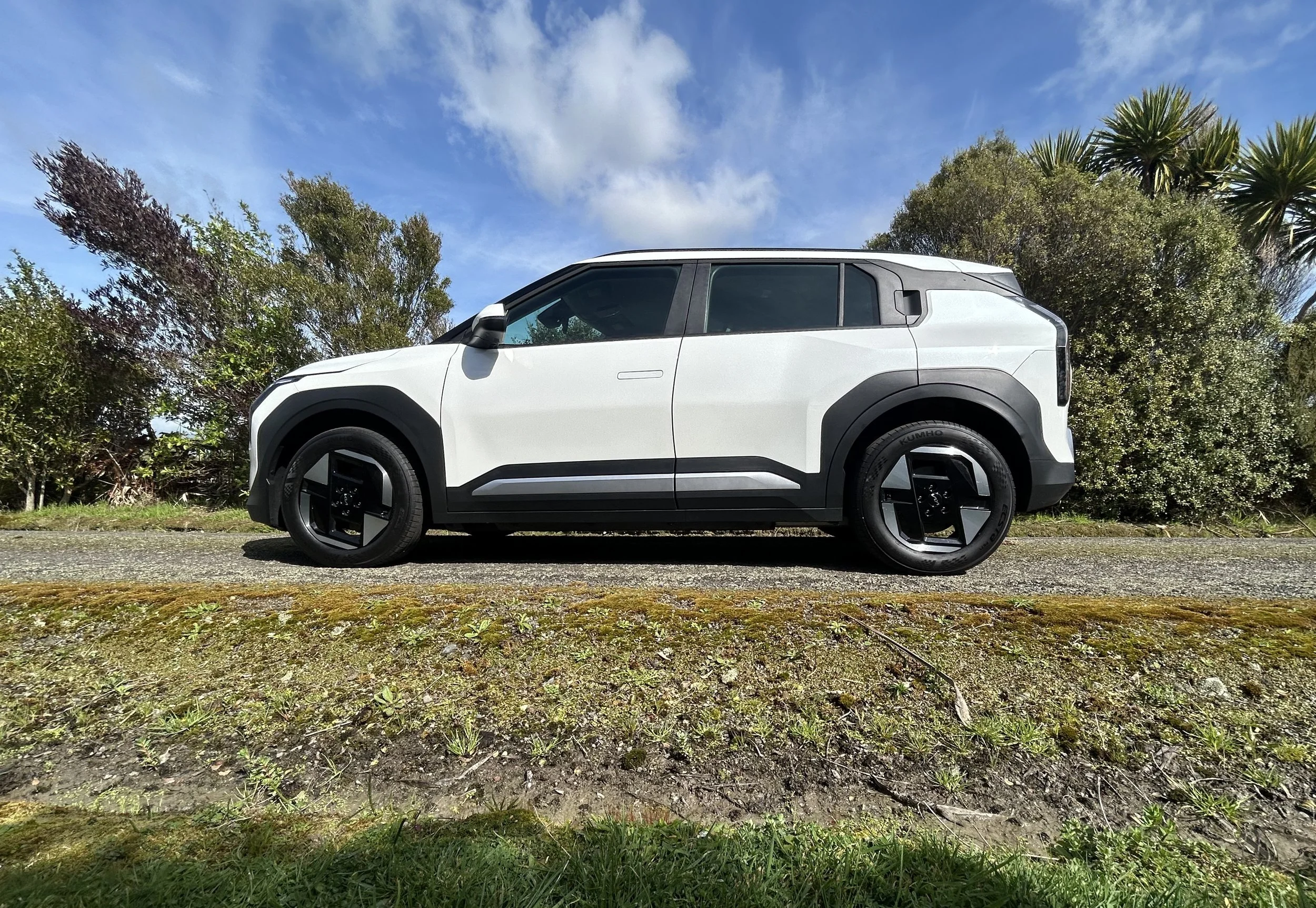Buzz for Light years
/To get to a production sign-off meeting, Suzuki’s first prototype undertook a harrowing 300km drive through a notoriously rugged landscape.
ONE of the world’s most prolific makers of small cars is taking time to reflect on how it all began.
Suzuki Motor Corporation kicked in as a car maker 70 years ago with the Suzulight.
Brand founder Michio Suzuki personally delivered the very first production car to a local doctor who had previously been conducting his house calls on a bicycle.
Suzuki had been in business since 1920 - hence why it celebrated its 100th in 2020.
But back then it knew nothing of cars; it was a manufacturer of textile looms. These became more advanced in design and very popular right through to the early 1950s when there was a global decline in the cotton industry.
Suzuki then decided to diversify into motorised transport with introduction of its first motorcycle in 1953. The first car followed two years later.
Initial research and development of the Suzulight began as far back as 1937 although this had to be shelved later with the outbreak of the World War II.
The programme resumed in 1954 when Suzuki Motor Co Limited was formed.
Suzuki assembled a young engineering team – their average age was just 27 – and pioneered what the brand calls its “Yaramaika” (“let’s do it”) spirit to push through challenges faced along the way. Yaramaika was a credo of the Enshu region, the family’s home turf.
Even before the war researching popular vehicles produced overseas; going so far as to benchmark cars like the Austin 7.
Suzulight was a compact vehicle measuring less than three metres in length and weighing just over 500kg. It was powered by a 360cc, 11kW two cylinder, two-stroke engine; the first of its type to ever be fitted to a car.
It was also the first car in Japan to feature a Front Wheel Drive / Front engine layout and was way ahead of its time with its independent coil spring suspension and rack and pinion steering.
Suzulight took full advantage of the then newly-installed Japanese ‘Keijidosha’ or Kei light car legislation.
This encouraged the production of small, lightweight automobiles to help mobilise citizens, much as Europe’s bubble cars did during the same post-war period. Smaller vehicles naturally consumed fewer resources both to build and run, another important factor in the postwar period.
Suzuki and his team quickly began their first development road testing of it.
The most memorable drive of the prototype was a 300km trip across the Hakone mountainous region between Hamamatsu and Tokyo. That proved very challenging on roads that had not yet been paved.
The team arrived late in the evening, but still in time to present the car to the President of ‘Yanase Auto’ Japan’s leading authority on automobiles. That man then took the wheel to conduct a thorough assessment. The story goes that he was away for several hours, but came back so impressed he gave Suzuki full approval to put the Suzulight into production.
Production commenced in October 1955 with initial run of just three to four units per month, this climbing to 30 units per month by early 1956.
The Suzulight proved successful, and Suzuki expanded its portfolio to include the Carry mini-truck in 1961, and Carry Van in 1964. These too have contributed more than 4.67 million units to Suzuki’s tally, allowing businesses to deliver goods and services to areas of Japan where larger freight cannot. The company hit its 10 million milestone in 1995.
Fast forward to today. Suzuki Motor Corporation remains globally renowned as the ‘small car experts’ and produces well over three million units per year with a projection of four million units annually by 2030.
Michio Suzuki’s original strategy of design and production of lightweight vehicles also lives on, not least with its ‘kei’ cars - Suzuki has made more than 25 million of those, most of which have been for Japan.








